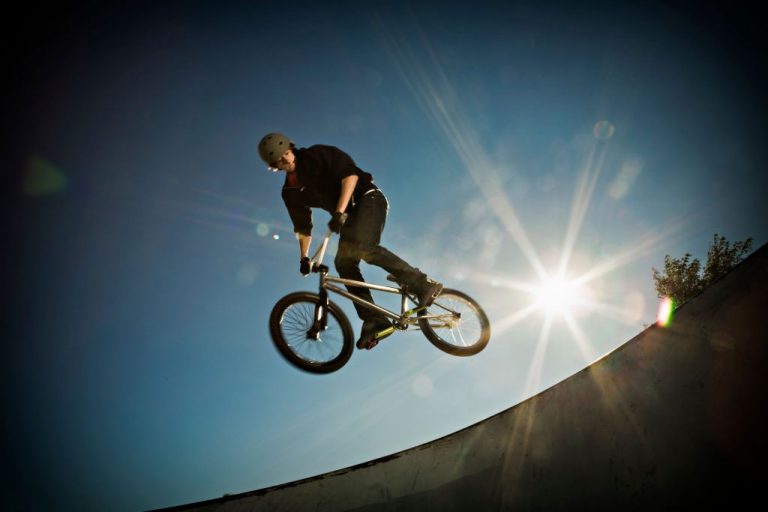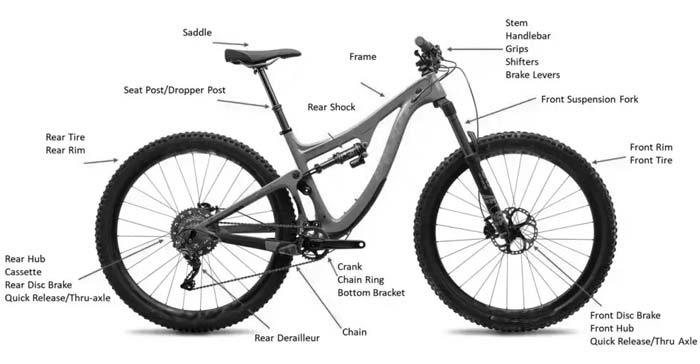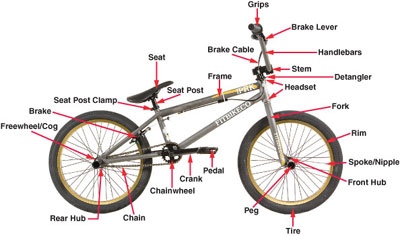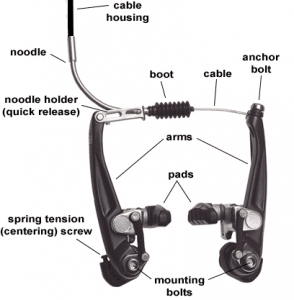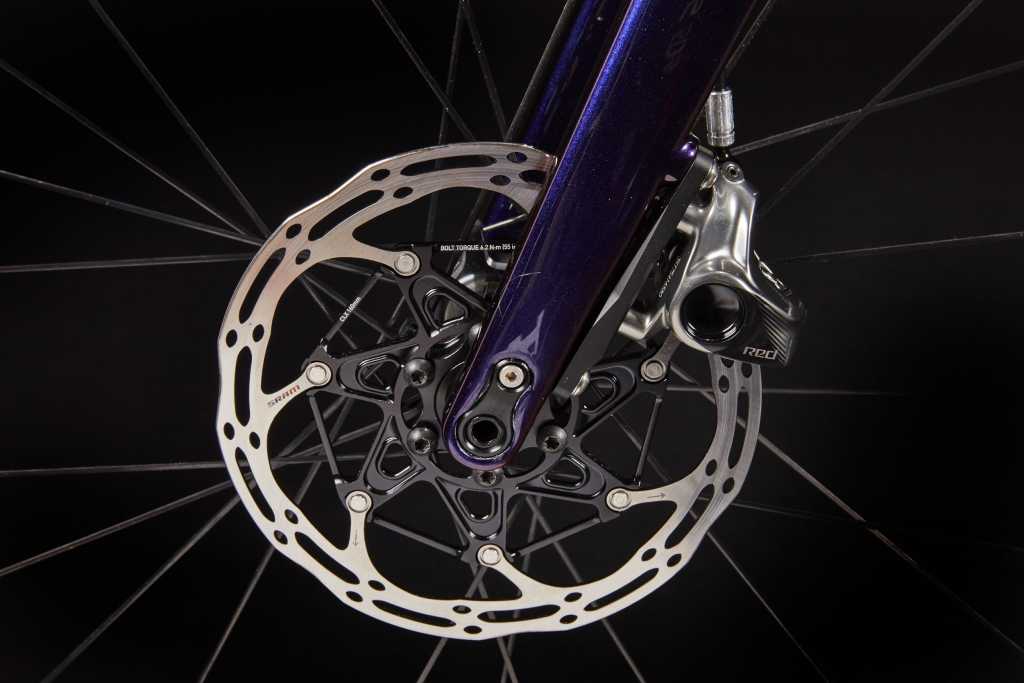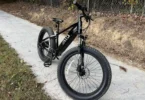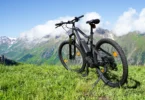When local riders of Marin County, California pushed for a bike more suited to the local terrain, Joe Breezer came up with Breezer 1, in 1978. To him goes the credit of being the inventor of the mountain bike. This invention also propelled Tom Richey who started fabricating bike frames for the very successful partnership company, MountainBikes.
BMX bikes, on the other hand, were the brainchild of Scot Alexander Breithaupt, who launched first creation in 1970 out of Long Beach, California. The biggest fan following of BMX bikes are kids.
These two marvelous adaptions of the bicycle opened up a whole new world in recreational bike sport and their popularity over the years has only risen. Let us explore and see what makes these unique bikes tick.
BMX Bike Vs Mountain Bike
- An MTB Bike
- An BMX Bike
Both these different styles of bikes are primarily designed to accomplish different goals. The MTB requires to be a tremendous shock absorber, take control over different terrain, often difficult, and for climbing. The BMX calls for the ability to respond to quick speed changes, be superior in strength and demonstrate great mobility. A BMX is for short sprints around a flat track whereas a mountain bike traverses longer distances over rough terrain.
The six areas where the difference between BMX and mountain bike essentially are:
1. The Frame
The construction of the frame for both these designs varies as the demands of each are distinctively different. Throughout its entire longevity, BMX bikes are put through feats of remarkable impact which they must sustain. Taking off from ramps, jumps and leaps make up the life of BMXers. Naturally, activities of this intensity preclude the need for a strong frame. The size of most BMX bikes is similar to a compact frame is a prerequisite.
The demands imposed on MTB bikes are they must be very rugged though the violence quotient required of BMX bikes is less. Vibration absorption and functionality is the governing requirement of the MTB frame. It addresses flexibility and the size depends on that of the rider.
2. Wheels
A BMX would feature 20” to 24” wheels typically. The design of the wheels is geared to enable the bike to withstand the jolts and shocks of tricks and jumps and also function unhindered on smooth surfaces. Internal reinforcement is provided to avoid blowout when landing from a high launch.
MTB wheels are of a standard 26” or 29”, but may vary depending on the size of the rider. They need to be larger than a BMX bike because they need to navigate holes and obstacles typical of a mountain trail. The grooving on the tires too is large and of such a design to afford a good grip on different terrain.
3. Brakes
The calling card of a BMX bike is performing complex stunts and tricks which require the handlebars to be spun in both directions. A special type of braking system is fitted on high-end BMX bikes so that the brake cable and the bar don’t get entwined. The type of brake fitted on a BMX bike is the V type shown below. It is fitted generally only on the rear wheel. The V-brake squeezes the tire slowly slowing it down and bringing it to a halt.
The brakes of an MTB are of such a design that can withstand the high temperature of braking when going downslope. They employ disc brakes (shown below) that can supply greater braking power and also withstand the harsh conditions of rain, extreme heat, slush, etc.
4. Gears
Mountain bikes are as the name suggests made for going up and down mountain slopes. They are provided with gearing for uphill climbs. This means they have a central cog and a rear-wheel cog which shifts the chain to different levels to tackle steep inclines. They can have up to 24 gears to negotiate a wide range of topography.
BMX bikes by nature are for quick sprints with jumps on a flat track and have no real need for traversing steep climbs. They are provided with a single gear system. The pedals are large with a roughened area and flat. Clip-on are provided too. MTB pedals follow the same format and may have an extra strap for the shoe.
5. Suspension
The suspension of a bicycle is the structure adopted to suspend the rider and the bicycle as a means of insulation from terrain or surface irregularities. Bicycle suspension is essentially used on mountain bikes but is also fairly common on hybrid bicycles.
BMX bikes are not provided with any suspension. During the sprint, encountered obstacles are overcome using power and maximal thrust. Any impact is absorbed by their legs and bodies.
An MTB, on the other hand, has either full suspension or as in the hardtail, only front suspension. This translates as greater cushioning for the rider as the tires follow uneven an irregular surfaces.
6. Rides
MTBs present a far smoother ride than BMXs. This is the direct result of the suspension provided whether it is front suspension alone or full. As is often the case, the landscape being negotiated by a mountain bike calls for suspension providing some reprieve to arms, legs, and rear.
BMXers have unfortunately no such fallback and have to allow their bodies to take it, especially the arms and legs. But the more experience you pile on as a BMXer will make your anticipation and expertise that much keener to bring the impacts and jolts to a minimal. As BMX bikes are associated with more health risks, one must choose a BMX bike very carefully.
7. Pros and Cons of BMX Bike
Pros
- Lightweight
- Easily transportable
- Inexpensive
- Fewer repairs
- Compatible for concrete
- Perfect for skate parks
Cons
- Not designed for distance
- Uncomfortable
- Hilly terrain poses a challenge
- No suspension resulting in a rough ride
8. Pros and Cons of MTB Bike
Pros
- Uses are diverse
- Hill negotiation easier as they have gears
- Smooth ride because of suspension
Cons
- Expensive
- Gear system requires maintenance
- Can be heavy
The Bottom Line
We now have a grasp of the main points of difference between BMX vs MTB and can appreciate that these glaring differences are a result of the use to which is designed for and put to. So if you are in two minds which bike to go in for, after reading our guide, we hope we have been lucid enough to present the two types as pretty distinct. You need to decide carefully. And do not forget to don proper safety gear; helmet, kneepads, shin-pads, and gloves. BMX biking can provide ample scope for bodily harm. Both offer challenges and undoubtedly whatever your choice boils down to, an exhilarating sport awaits. So do it.

